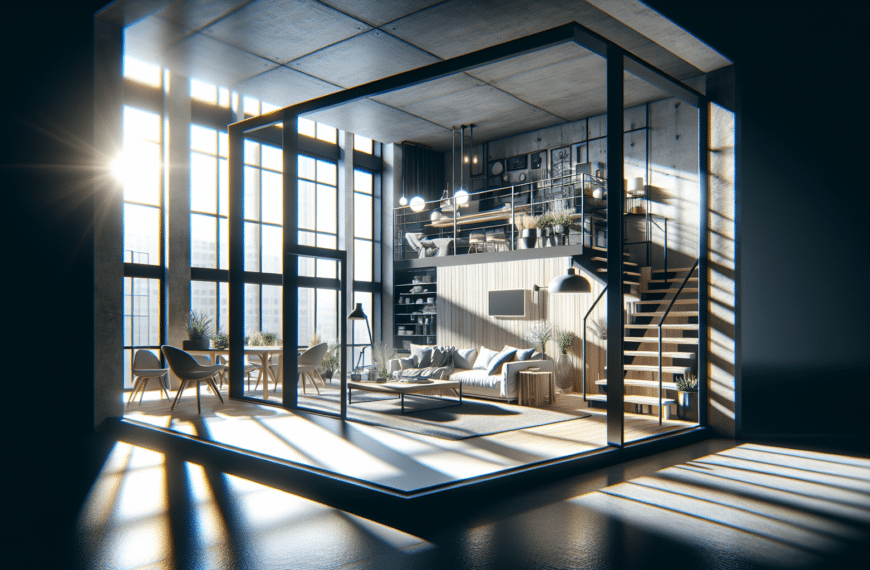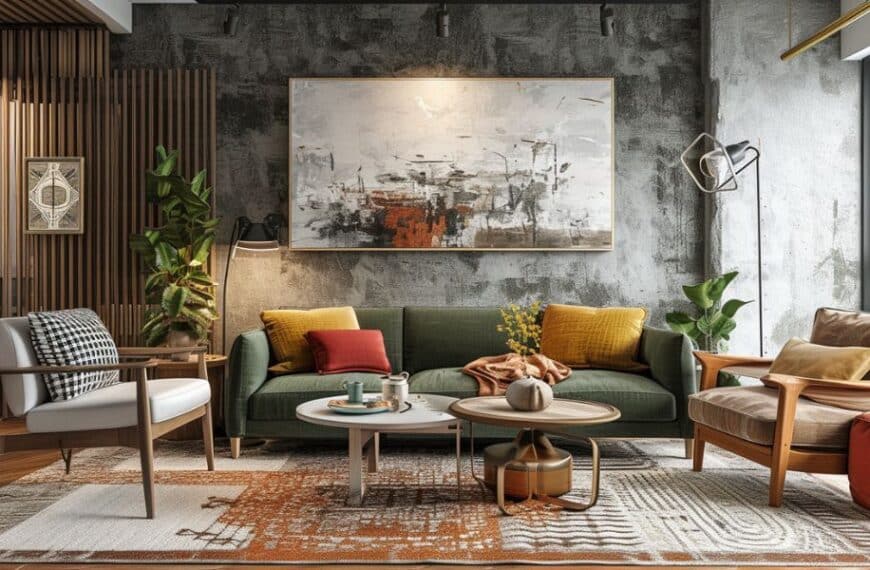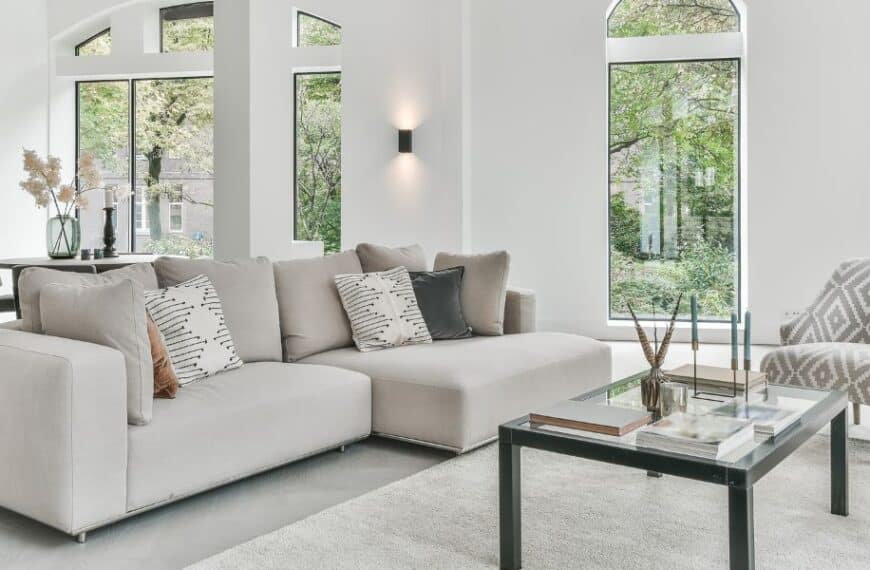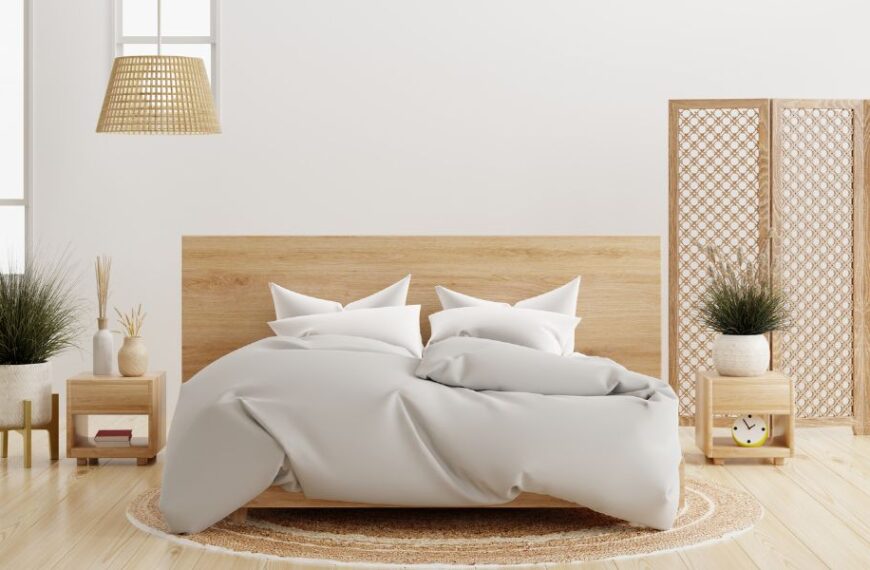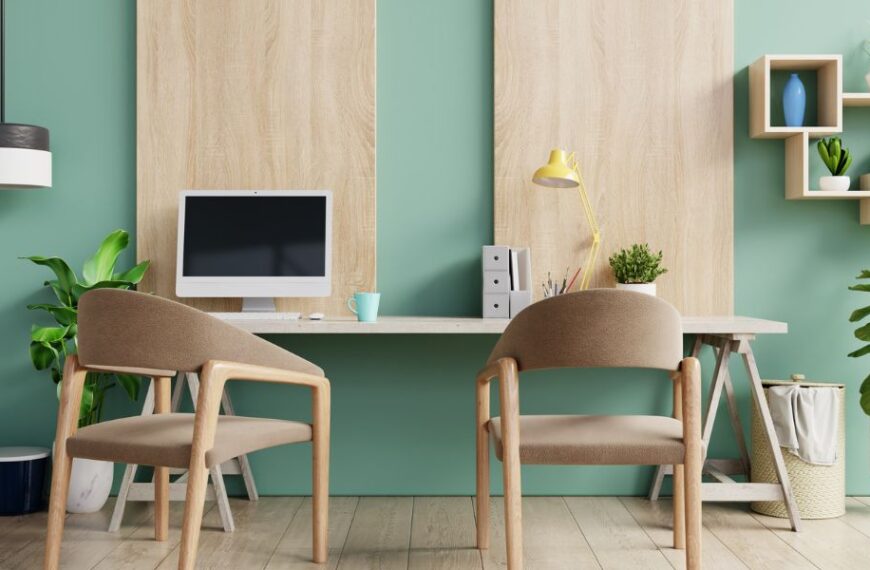Content
If you dream of having a beautiful and functional kitchen that perfectly suits your lifestyle, you’re in the right place!
Whether you’re a culinary enthusiast or a busy parent who needs to whip up quick meals, your kitchen should be a space that inspires you and makes your daily life easier.
From the placement of your appliances to the selection of materials, every detail matters in creating a kitchen that you’ll love.
The best part is, you don’t need to be an interior design expert to transform your kitchen.
This comprehensive guide will take you through each step of the process, providing practical tips and advice.
You’ll learn how to assess your needs, create a floor plan, choose lighting and materials, and much more.
With careful planning and a clear vision, you can turn your kitchen into a space that’s not only aesthetically pleasing but also highly efficient and comfortable.
So, ready to start your kitchen transformation journey? Let’s dive right in!
Defining your kitchen needs
The first step in transforming your kitchen is to understand your needs. Think about what you like and dislike about your current setup.
Do you need more storage? Do you often find yourself bumping into other people in the kitchen? These are crucial considerations.
For example, if you’re a coffee lover who uses a coffee machine every day, you need to ensure it’s stored conveniently.
Creating a floor plan
Using a graph paper or a digital design tool, create a floor plan of your kitchen.
This should include all the elements such as windows, doors, and other structural elements.
This will give you a clear picture of your kitchen space.
Evaluating your space
Look at the space you have and think about how you can best use it. For example, if you have a large kitchen, an island might be a great addition.
On the other hand, if you have a small kitchen, you might need to focus on increasing storage and counter space.
Prioritizing appliances
A well-planned kitchen is one in which the placement of appliances is optimized for efficiency.
This means considering the triangle between the refrigerator, sink, and stove.
For instance, you wouldn’t want to place the stove far away from the sink as it would make cooking cumbersome.
Planning your storage
Good storage is key to a functional kitchen. Think about where you’ll store everything from pots and pans to groceries.
Using cabinet organizers and pull-out drawers can help optimize your storage space.
Choosing your lighting
Good lighting is crucial in a kitchen. Plan for a mix of general, task, and accent lighting.
For instance, you could have under-cabinet lights for task lighting and a pendant light above the island for general and accent lighting.
Selecting materials
Select materials for cabinets, countertops, and floor that are durable, easy to maintain, and suit your style.
For example, granite countertops are durable and stylish, but require regular sealing.
Planning for enough electrical outlets
Ensure you have enough outlets for all your appliances.
For instance, if you plan on having a toaster, coffee machine, and blender on the counter, you’ll need enough outlets for all of them.
Considering your budget
Make a list of all the changes you want to make and estimate the cost. You might want to prioritize items based on your budget.
For instance, if you have a limited budget, you might want to focus on improving storage and lighting first.
Hiring professionals
If the project seems overwhelming, consider hiring professionals such as a kitchen designer, architect, or contractor.
They can help ensure that the project goes smoothly and the end result is a kitchen that suits your needs and lifestyle.
Implementing your plan
Once everything is planned, start the transformation process. It might be helpful to tackle one area at a time to minimize disruption.
Final touches
Once the major work is done, add the finishing touches such as painting, installing a backsplash, or adding decor.
Remember, optimizing the functionality of your kitchen is about making it work better for you.
We hope this guide has helped you in your kitchen transformation journey. If you found it useful, please share it on your social networks.


